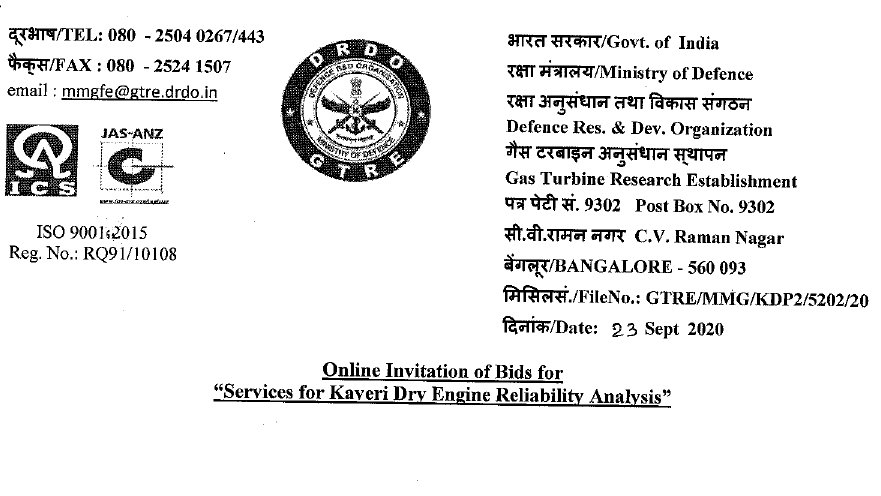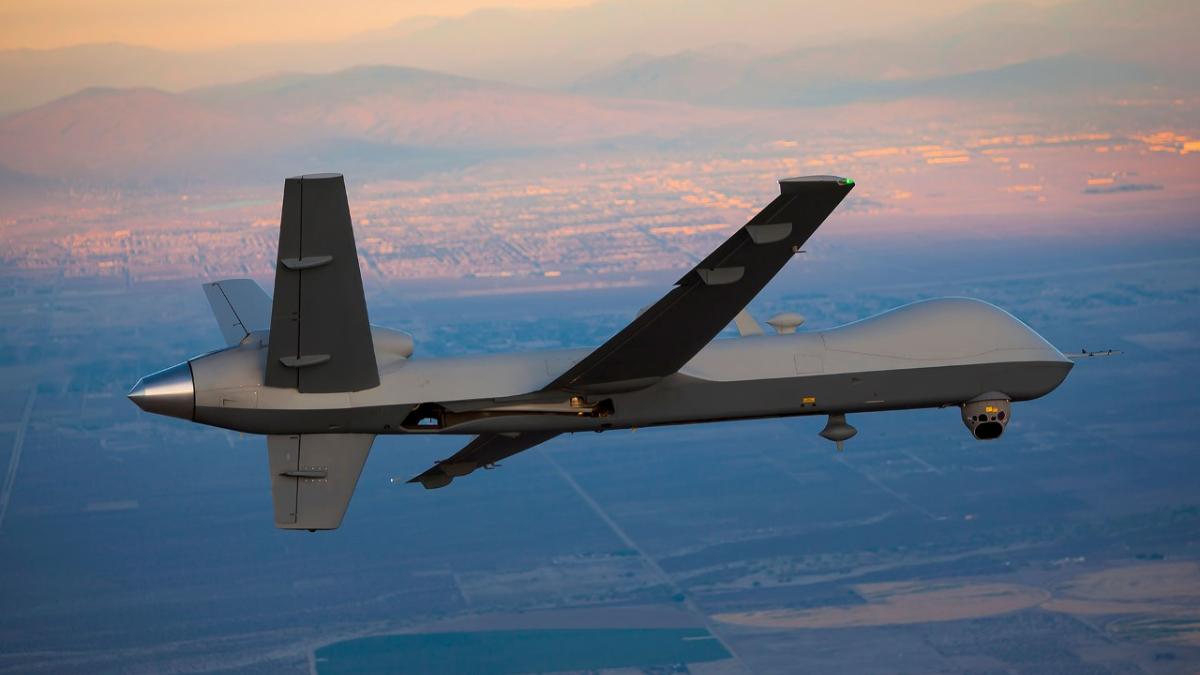The Ghatak UCAV Takes Shape In India, As ADE Sets Eyes On Building Full-scale Prototype

The Aeronautical Development Establishment [ADE] is certainly witnessing an up-tick in it's activities. Following yet another test-flight of it's
Abhyas HEAT, it set the ball rolling for productionising it. Following on it's heel, it's now seeking out a Development Partner for an
'Experimental Unmanned Aerial Vehicle'. How experimental, the private Partner, zeroed-in, would start by building 1 Airframe. Then, as the programme progresses, ADE would ask it to build batches of prototypes, over a period of time. The total build order would not exceed 14.
The most striking aspect being that ADE has stated that it's Airframe alone would weigh in the vicinity of 3 MT.
"The broad scope of work across multiple phases / milestones will include engineering, manufacturing, assembly & integration of a large airframe (approximate structural weight of about 3 tons, including metallic and composite parts) of an experimental UAV."

Adding to it, the weight of the Power Plant, the Control & Navigation Systems, plus Surveillance-Weapons Package, we could be seeing a bird, weighing around 5 MT, taking to the air, in the future.
The system would be a Gas Turbine-powered UCAV design, with offensive capabilities. We know this because it has stipulated that all prospective vendors would need to have demonstrated prior expertise in their integration.
Composite materials have come to become the mainstay of Indian Aerial systems & the partner would have to be able to form large sized composite structures & have the necessary infrastructure, such as Autoclaves to bake it & laser guided lay-up to to ensure quality.
In all likelihood, this is a full-scale prototype of the
Ghatak UCAV, that it is developing, in collaboration with the IIT-Kanpur, overseen by the Aeronautical Development Agency [ADA]. As per the latest issue of
DRDO's Technology Focus, the Stealth Wing Flying Testbed [SWiFT], the precursor to the Ghatak, would weigh around 1 MT,
"the ADE projected a requirement to develop a retractable landing gear system for 1 ton class Stealth Wing Flying Testbed (SWiFT) UAV, which is under development. SWiFT UAV is a Technology Demonstrator and is a scaled-down version of Ghatak UCAV (Unmanned Combat Air Vehicle)."
As per Livefist's
quasi-official reportage, the SwiFT is to be powered by the Russian NPO Saturn 36MT turbofan engine. The maiden flight is estimated to happen in 2021. At 5 MT, this experimental UCAV is bigger & heavier.

Ghatak would, eventually, be powered by a non-Afterburning variant of the GTX-35VS Kaveri Engine, incorporating Fluidic Thrust Vector Control [FTVC] for manoeuvre. It's developer, the Gas Turbine Research Establishment [GTRE], recently, began looking for a private partner to undertake Reliability Engineering studies on the Dry-thrust version of the Kaveri, that would power the production-ready design. Scope of the studies include carrying out Failure Mode & Effects Analysis [FMEA], Reliability Apportionment, Fault Tree Diagram, System Safe Analysis, Reliability Block Diagram etc.
Taking everything into consideration, it calls into doubt some of the prior known public information about the Ghatak. For one, weapons-release test from a scaled model tosses a googly onto the pitch. The dynamics of flight, following weapon release is a function of the dimension & weight-distribution of the flying body. Vibration harmonics experienced during firing would vary, as per weight & dimension. A weapon fired from an internal bay, as the Ghatak is believed to have, would require corresponding aircraft dimension. Thus, what is observed in scaled down model, would not to be experienced in the full-scale version, & vice versa
If one had to assert, one would say that it is a full-scale prototype that we are reading about. The Ghatak would weigh around 5 MT, not 10. This would put it in the Dassault Neuron category [below].

Interestingly, ADE has stipulated that the partner would be responsible for integrating the UCAV at it's facility, & would have to develop all necessary tooling, jigs & fixtures, needed for the assembly. The Intellectual Property Rights [IPR] of the outcome would, however, be with ADE.
The need to develop & deploy capable unmanned systems, in numbers, is the key to undertaking more audacious missions that, both, promises to bring a swift end to conflict, as well as not put precious human capital in the harm's way. Some key technologies that the Ghatak would have to demonstrate include flying autonomy in a Networked environment, ability to operate in a manned Airspace, sub-system miniaturisation - Propulsion, Payload, ISR package, an effective Human System Engineering for a responsive Command & Control etc.
The mass proliferation of Unmanned Systems - UAV & UCAV, in India's inimical neighbourhood, has it scrambling to play catch-up. Trotting down, yet again, the well-beaten path of imports, recent reports indicates forward movement in the it's bid to acquire the
MQ-9 Reaper from USA. The Israelis, too, it has tapped, seeking it's
IAI Heron TP Armed Drones, whose unarmed ISR variant, India has been an operator of, since early 2000s.

Before the Ghatak demonstrates it's lethality, in all it's manifestation, ADE could have, up and running, an Armed variant of the Rustom Drone. The taxi trials of Rustom-1 was noted, way back in 2015, with a pair of the Air-launched Anti-Tank HELINA Missile underslung it's wings. The bigger, Rustom-H MALE, primarily developed for ISR operations, holds promise of carrying a more meaningful offensive payload.
The IAF, in it's Long Term Integrated Perspective Plan [LTIPP], had envisaged a need to operationalise 3 Squadrons of Unmanned Combat Air Vehicle [UCAV], by 2017. Major timeline slip-up, would be an understatement. These stop-gap retrofit/import measures would only partially assuage the Indian end-user requirement. The big-gun, the indigenous Ghatak UCAV, is the real deal. In light of this, the current full-scale prototype building phase, therefore, indicates a major step forward.
Article at:
https://www.spansen.com/2020/10/the-ghatak-ucav-takes-shape-in-india-as.html?m=1









